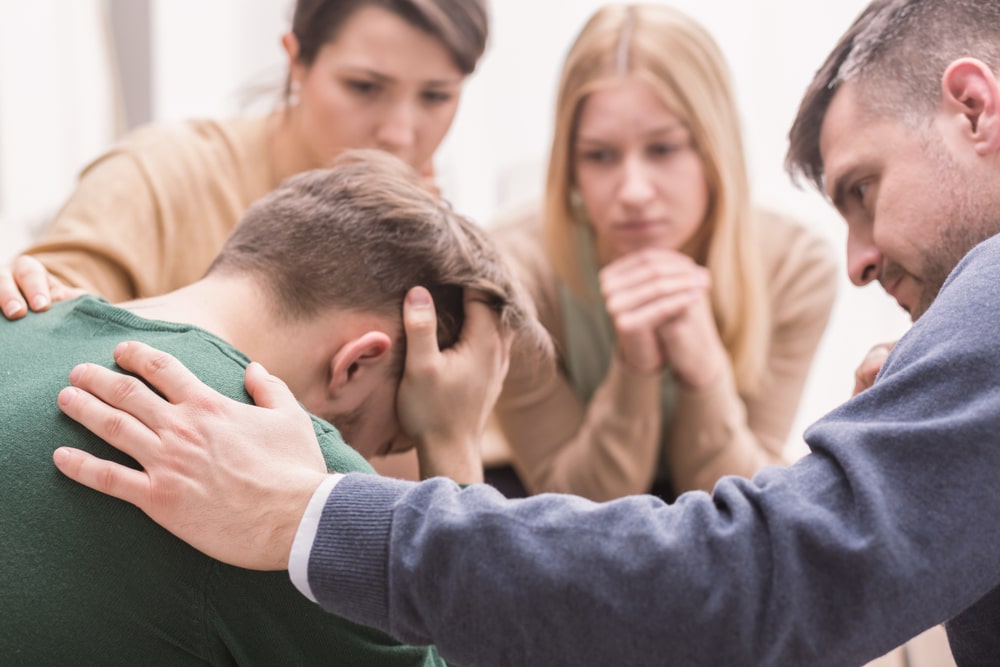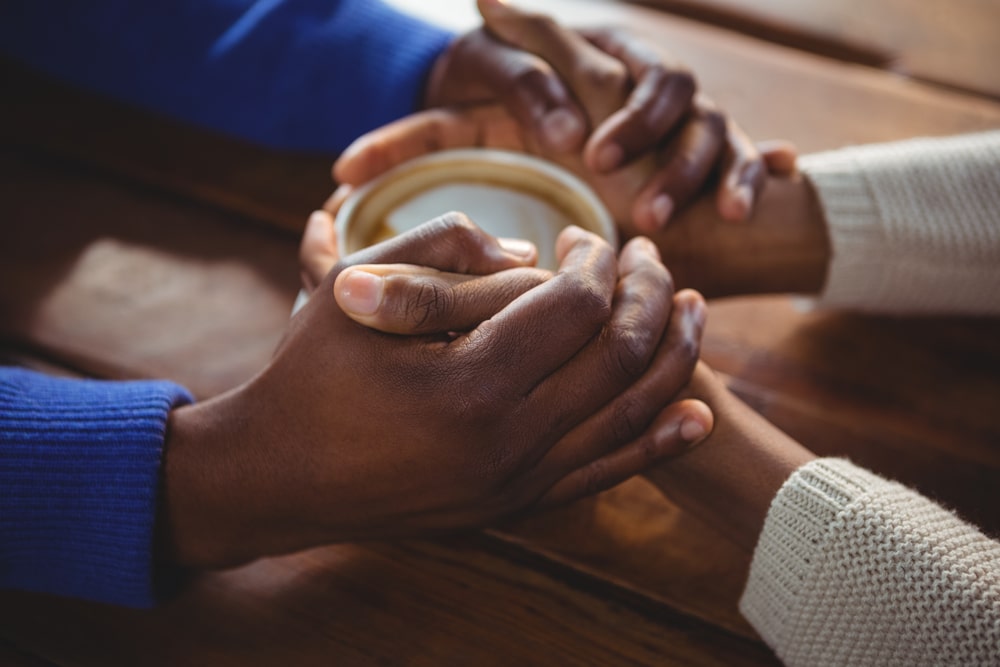
As with any profession, the funeral profession has its jargon, a specialized vocabulary unique to the business. Only those intimately familiar with the profession know what everything actually means. At times, this can be a problem because people need to be able to understand in order to make good decisions. Therefore, the need for a glossary! Hopefully, it will help you better understand any future conversations you may have with funeral professionals.
Family Car
The vehicle that transports the family of the deceased during the funeral procession. Oftentimes, it is a limousine.
Family Room
A room provided to the family for privacy. The family has access to the room during the funeral service.
Flower Car
The vehicle specifically used for the transportation of flower arrangements from the funeral service location to the cemetery or final disposition location.
Final Disposition
See Disposition.
First Call
When the funeral director first visits the place of death to remove the body and to obtain essential information, such as vital statistics.
Fiduciary or Fiduciary Power of Attorney (FPOA)
A Fiduciary or Fiduciary Power of Attorney (FPOA) gives legal power to the person you appoint to act on your behalf regarding financial matters if you become unable to do so yourself. You may appoint the same person to serve as your Medical Power of Attorney. Ask a trusted friend or loved one to accept this responsibility.
FTC Funeral Rule
The Funeral Rule, enforced by the Federal Trade Commission (FTC), requires that all funeral homes maintain a General Price List (GPL). This list is available to any consumer who wishes to see it. The consumer can choose only the goods and services they want or need.
Full Couch Casket
A casket with a lid that opens completely.
Full-Service Funeral
A funeral that typically includes a viewing and visitation, formal ceremony, a committal service, and a burial or entombment.
Funeral
A ceremony/service that honors, celebrates, and commemorates the life of a person who has died.
Funeral Carriage
Transportation of the body by horse-drawn carriage.
Funeral Chapel
A dedicated room or facility similar to a religious chapel where mourners can gather for a visitation, funeral ceremony, or memorial service.
Funeral Coach
See Hearse or Funeral Carriage.
Funeral Director
A funeral director arranges for the care, transportation, preparation and burial or cremation of a deceased person. Additional responsibilities include filing the death certificate or other forms; transferring the body; arranging the funeral, wake or viewing; coordinating with cemetery or crematory representatives; and moving the body to the cemetery or crematory. A funeral director may also provide support services to a deceased loved one’s family.
Funeral Escort
The term used for law enforcement or other individuals who accompany a funeral procession to the cemetery.
Funeral Home
A business that provides assorted services for funeral arrangements. It is also the building where the arrangements are made for any funeral/memorial services, where visitations and services are often held, and where the deceased are prepared for burial/cremation.
Funeral Insurance
Insurance that establishes a written, pre-funded document or policy that helps to finance the costs of funeral/memorial and cremation/burial expenses.
Funeral Mass
A funeral service observed by the Catholic denomination that takes place the day after the wake/vigil.
Funeral Plan
A funeral plan is a written record of your final wishes for your end-of-life events and services. It may include your funeral service preferences as well as your choices for flowers, music, readings, speakers or attendees. A copy of the funeral plan is typically stored at a funeral home, in a safe deposit box or in a home safe. A funeral plan may or may not be paid for in advance. It should state the location of important documents such as your will, life insurance policies, birth certificates, marriage license, military records and credit obligations.
Funeral Service
A funeral service is an important end-of-life event that commemorates a deceased loved one. A funeral provides a time and place for loved ones to grieve and allows friends and family to show their support. A traditional funeral service is typically held within a few days of the death, often with the deceased love one present in a casket. The funeral service is often held in a funeral home, religious place of worship, or a chapel at the cemetery (though other locations are also possible) before cremation or burial. A funeral service may incorporate an open-casket visitation of the loved one’s remains prior to the funeral service and/or a procession to the burial site immediately following.
Funeral Service Provider
See Funeral Director.
Funeral Spray
The name given to the floral arrangements sent to the loved ones of the deceased to represent condolences and honor.
Funeral Trust
A funeral trust or burial trust is a funding option for a prepaid funeral and/or burial plan. The trust is often set up through a funeral home, who may agree to lock in costs for future funeral or burial services at an agreed-upon price. The funeral home sometimes serves as trustee or manager of trust assets, with the trust owner typically funding the trust with cash, bonds, or a specialized life insurance policy. A funeral trust can be revocable or irrevocable. An irrevocable trust would be beneficial for individuals who need to spend down assets in order to qualify for Medicaid assistance for long-term care.





























